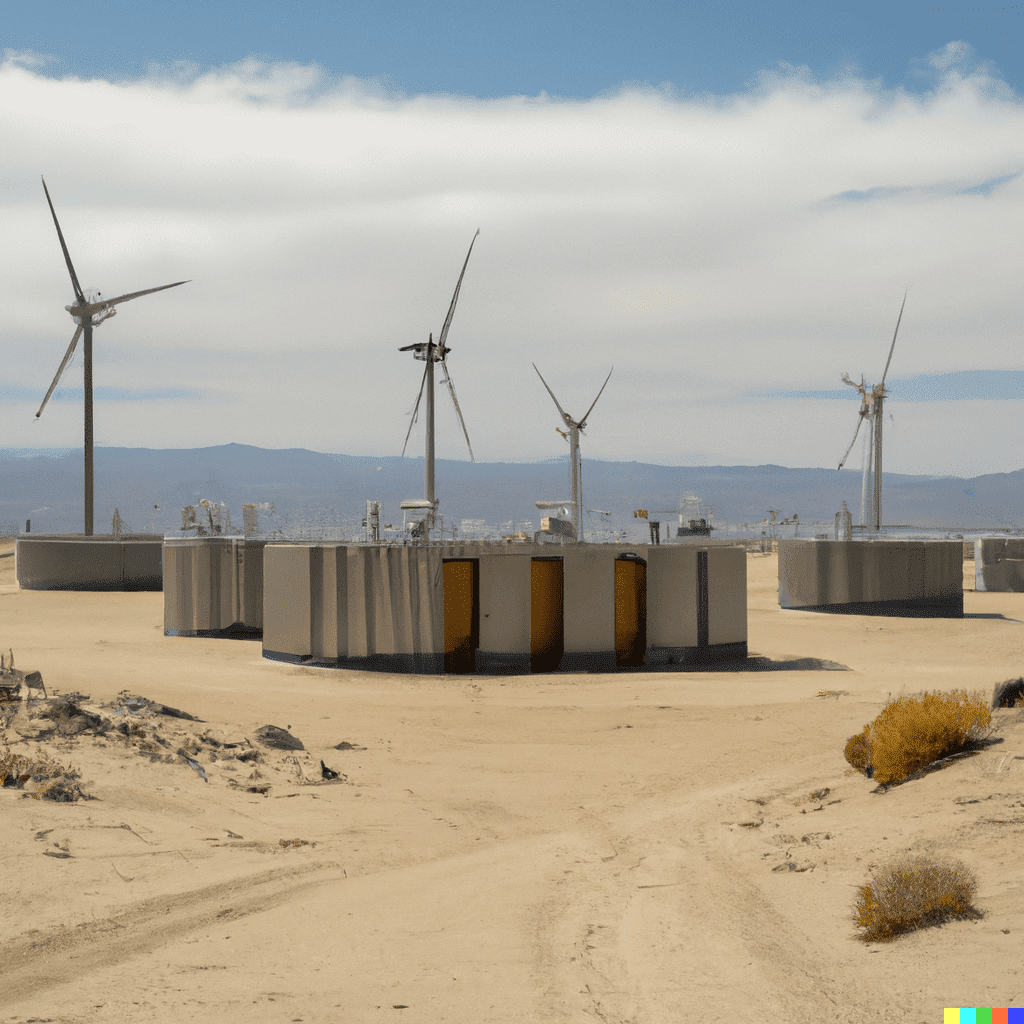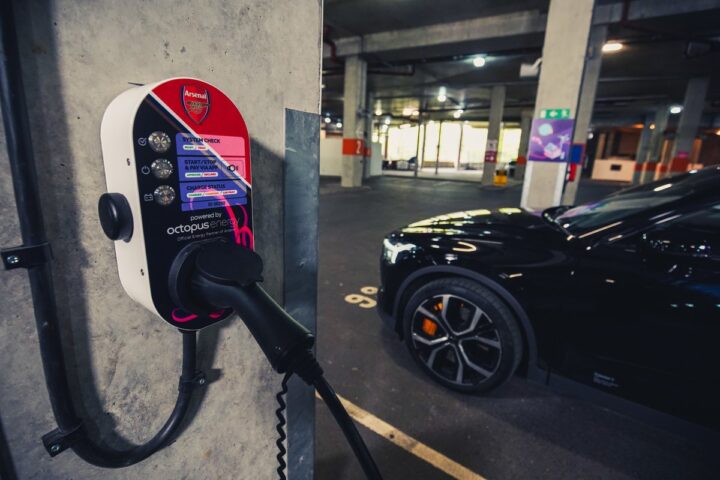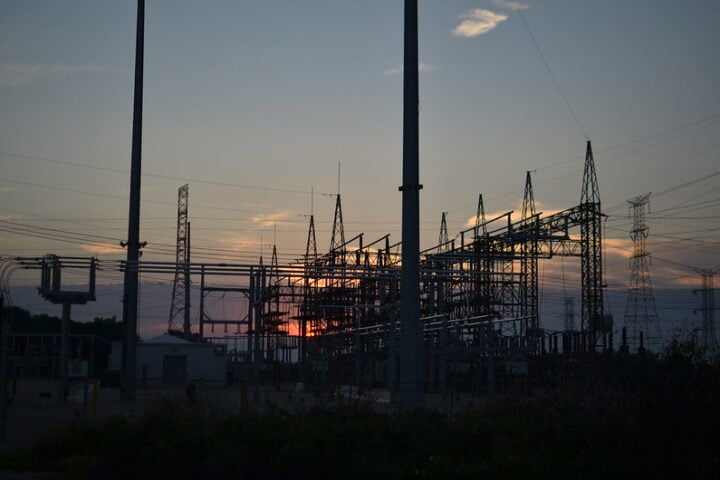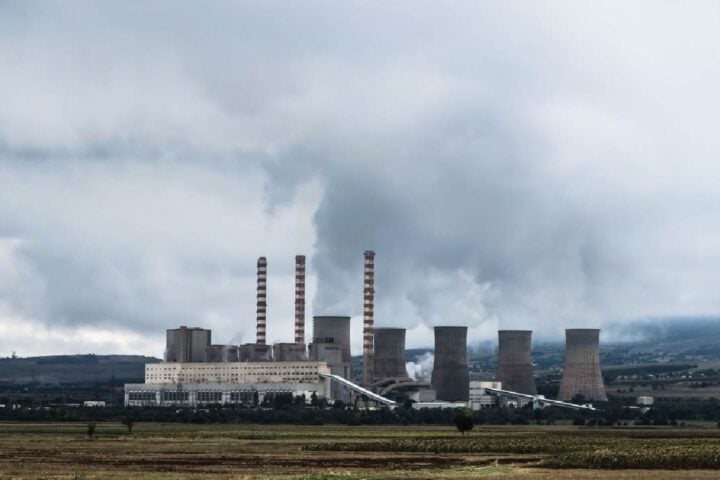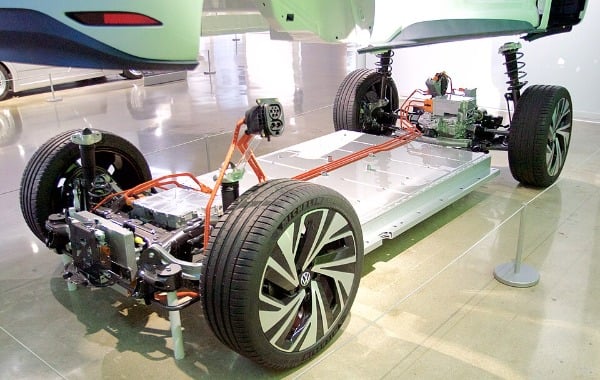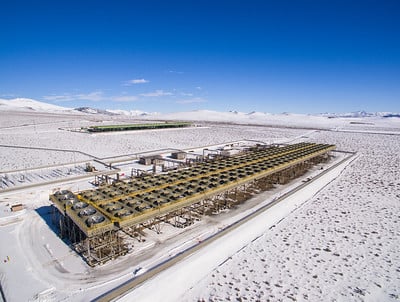A new electrolyte for zinc-based batteries that raises their efficiency to nearly 100% has been developed by scientists at Oregon State University. The breakthrough brings us one step closer to alternative battery chemistries for large-scale energy storage.
The aim of the research is to find cheaper and safer battery options for storing renewable energy on the electric grid. The new electrolyte is the result of the efforts of a team that includes researchers from HP Inc. and GROTTHUSS Inc., an Oregon State spin-out company.
The journal Nature Sustainability published these findings. A safer and more abundant alternative to lithium-ion batteries for grid energy storage is offered by zinc batteries. The reliance of lithium-ion batteries tends to be on scarce and toxic metals like cobalt and nickel, which are harmful to the environment and water sources.
Zinc is a safe and abundant metal, making it a promising candidate for large-scale energy storage. With zinc chloride being the primary one, the new electrolyte formula is made of a dissolved mixture of inexpensive chloride salts.
Making it non-inflammable, cost-effective, and of low environmental impact, the formula uses water and an ordinary battery solvent. Preventing energy loss and generating dangerous hydrogen gas, the electrolyte forms a protective coating on the zinc component of the battery.
99.95% of the energy it is charged with on each cycle is released by the new zinc battery, making it highly efficient. Making them less safe than zinc batteries, lithium-ion batteries are commonly dissolved in flammable organic solvents that can decompose at high operating voltages.
Similar Post
While the new zinc batteries are safer due to their new electrolyte formula, dendrites are a safety concern for lithium-ion batteries. Zinc-metal batteries will be made more accessible to consumers by the breakthrough, which is a significant advancement.
Offering a secure and efficient solution for energy storage, zinc batteries are essential for the installation of additional solar and wind farms. Zinc batteries are also useful for home energy storage and energy storage modules in communities that are vulnerable to natural disasters.
Making them a more accessible option, the new zinc batteries are cheaper and more common than lithium-ion batteries. The findings of the researchers are part of a global quest for new battery chemistries that can store renewable energy efficiently and affordably.
A car powered by a sodium battery has been created by a Chinese company, and a University of Maryland researcher has invented a partly biodegradable battery made of zinc and crab shells. Highlighting the importance of finding new battery chemistries, researchers have even found ways to store energy in ordinary sand.
Owing to their energy density and safety, zinc-based batteries are one of the leading candidate technologies for large-scale energy storage. The research is a critical step toward creating a more sustainable and environmentally friendly future.
